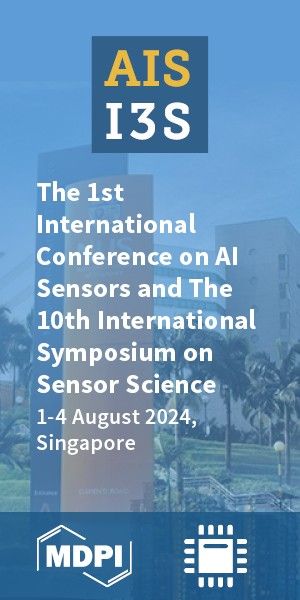Microparticles Carrying Sonic Hedgehog Are Increased in Humans with Peripheral Artery Disease
How to cite: Giarretta, I.; Gatto, I.; Marcantoni, M.; Lupi, G.; Tonello, D.; Gaetani, E.; Pitocco, D.; Iezzi, R.; Truma, A.; Porfidia, A.; Visonà, A.; Tondi, P.; Pola, R. Microparticles Carrying Sonic Hedgehog Are Increased in Humans with Peripheral Artery Disease. Preprints 2018, 2018080033. https://doi.org/10.20944/preprints201808.0033.v1 Giarretta, I.; Gatto, I.; Marcantoni, M.; Lupi, G.; Tonello, D.; Gaetani, E.; Pitocco, D.; Iezzi, R.; Truma, A.; Porfidia, A.; Visonà, A.; Tondi, P.; Pola, R. Microparticles Carrying Sonic Hedgehog Are Increased in Humans with Peripheral Artery Disease. Preprints 2018, 2018080033. https://doi.org/10.20944/preprints201808.0033.v1
Abstract
Keywords
Subject
Copyright: This is an open access article distributed under the Creative Commons Attribution License which permits unrestricted use, distribution, and reproduction in any medium, provided the original work is properly cited.
Comments (0)
We encourage comments and feedback from a broad range of readers. See criteria for comments and our Diversity statement.
Leave a public commentSend a private comment to the author(s)








